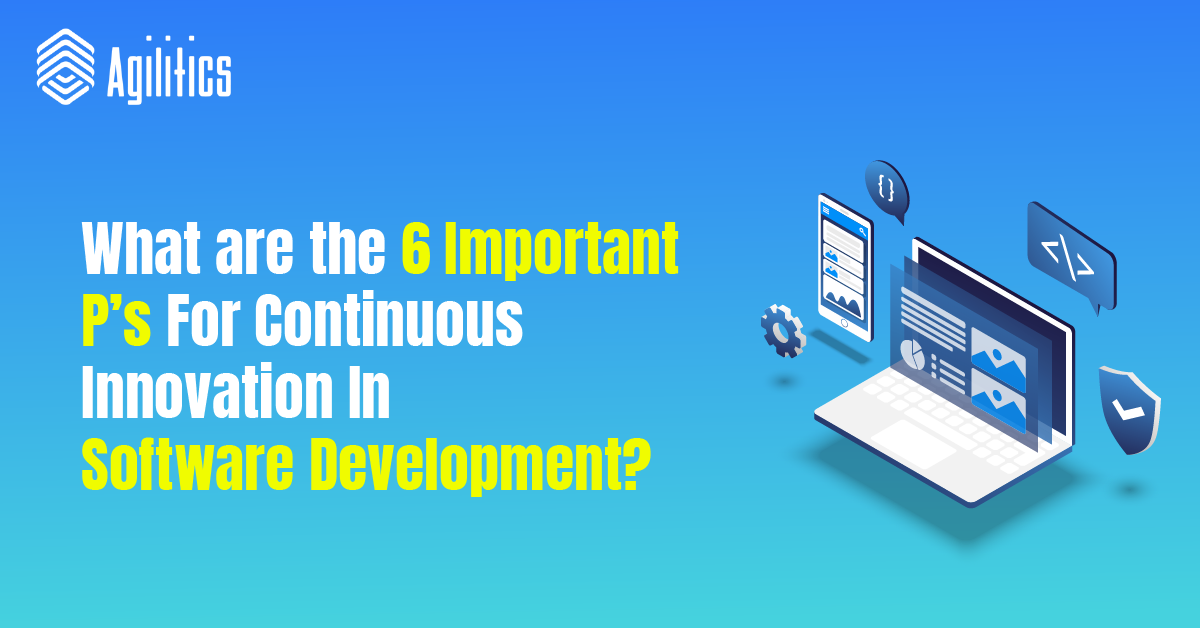Innovations across the last decade have exemplified the necessity of a lasting ability, one that is perhaps even more important than being first in the game. For example, being the foremost company to hit the market with a product or service that disrupts the system is hard enough. Rather, one needs their innovation to outlast all others. Facebook is a testament to such a statement, being the last social media giant standing despite being relatively late to the game. Gmail was founded way later than other email service providers, although now it surpasses all other user preferences. Chrome started after the browser wars of Netscape and IE browsers had ended but has the second-largest market share across all platforms.
Despite their obvious contribution to current relevance, past success, deep pockets, or pedigree are hardly enough to guarantee the same. For example, MySpace has ample financial support, but where do we find it now? Kodak or even AOL has perished as well. The very fact that the former was one of the most iconic companies testifies to the prerequisite of continuous innovation – in the correct way. Kodak, AOL, and MySpace suffered from redundancy and policies that failed to keep up with the real world. In other times, the lack of relevance of these companies, despite not suffering from funds or popularity at the current time, led to their downfall.
What is the solution to such a problem, then? Xerox is another iconic corporation that has reinvented itself into a thriving technological service – one vastly different from a bread and butter photocopier background. It does not matter, in the end, whether a company serves as a startup or an established player in the game. The lack of ability to innovate continuously leads to becoming a dinosaur soon – one giant rock of falling popularity, and extinction is forever.
A right Go-to-market strategy is quintessential for a business to make its mark and continue making its mark. At the same time, disciplined execution from the business front is extremely vital, while the capacity to continually excel in innovation is by far the largest differentiator for successful companies. The capability to build and deploy highly sophisticated technology serves to ensure the continued capacity of the company to stay and be relevant in the business. The constantly evolving digital domain requires a greater ability to make long-term decisions based on planning to ensure that such plans make your company a Facebook rather than a MySpace.
Several software companies need to constantly update and negotiate with their developmental teams and processes to facilitate innovation and evolution. The company’s size becomes irrelevant here, as does the stage about the life cycle of the manufactured product or offered service. Rather, it is more vital to look at the 6 p’s, which can facilitate a greater understanding of the organization of software engineering as a core business.
The 6 p’s of Software development are product management, product architecture, project management, product development, product support and maintenance, and last but not least, a process for continuous innovation and development. This blog attempts to discuss below what each of these facets entails.
One of the most important and tricky roles to deal with, product management, plays a pivotal function in a setup for software. However, that goes without saying, as the product being sold needs to be managed in a top-notch manner. What becomes more important is the instrumentality of product management in articulating a vision and setting the figurative road map towards the achievement of that vision. In this process, identifying and prioritizing the necessary customer pain points to be solved becomes highly important. Furthermore, product management needs to have a great understanding of the market and possess keen insights into what differentiates the software from that of competitors. Such is going to define the “why” and the “what” regarding the software. This might help with knowing the right time of proceeding with the software.
Product architecture
The role of product architecture is essential for the technology architecture overall, and also the technology and direction for software. For larger organizations, this role is played by several architects responsible for the design/ architecture of a software’s specific component or even a technological layer. The engineering and technological excellence of software is defined by this role, which is critical in ensuring that the product created reaches the right audience at the right time. This must strive to ensure that the software can be at the forefront of technological innovation all time.
Project management
Managing a project requires leadership roles and managerial skills, such that a project manager works in an individual capacity or as a PMO. This PMO or Project Management Office acts as an entity in a large setup and needs to be responsible for many processes from beginning to end. As such, he must go for systemic planning that takes into account different facets right till the final phase of execution. Project management must also consider the delivery of different software or their iterations that may have been released. A PMO with enough skill can identify bottlenecks about technology or processes, or people. They can smooth any form of dependency out while also making sure that the teams are functional. These teams must be working together in harmony towards the fulfillment of a common goal. In today’s software development environment, this role needs to be equipped well with nest practices related to Scrum and Agile methodologies.
What are Scrum and Agile?
The Scrum and Agile methodologies are important in ensuring that teams are led and managed according to industry needs. The CSM serves as a certification at the entry-level, which provides professionals with different kinds of methodologies accredited to Scrum. Such values include accountability, iterative progress, performances, and skill development to the curriculum repertoire.
On the other hand, the Agile methodology is much like the one discussed above. A very useful facet of the last few decades, Agile pertains to IT and serves as a critical method that seems to work as the new norm. A variety of enterprises is used by Agile and demand officers in the It sector who possess the necessary knowledge to spearhead this movement. Any novice or rookie looking forth towards a business or industry qualification with Agile expertise necessary must get acquainted with its norms soon.
Product development
There are several core software development activities that take precedence over others. These include design and coding, testing, and integration. Handled by small teams dedicated to accomplishing a common goal, these activities require expertise that crosses functions into various areas, which can then be responsible for different components in the software suite. Individual component teams must possess complete ownership of every form of infrastructure and processes involved to control source code, automate tests, and manage configuration.
Product support & maintenance
An RMT always accomplishes the release of a new product or service. This RMT, or Release Management Team, works under the guidance of product management to physically manage the delivery and deployment of all services. Such services include software, although the support and maintenance option needs to be handled separately to ensure that live customers are provided adequate support. They need to have adequate resolution and mechanisms of feedback for smooth processing in the system.
Process for Continuous Innovation
The functions above are necessary for their domains. However, each of the core functions listed above becomes greatly relevant when executed as a continuity such that the effect of all the parts is greater than the total of each disparate one. As such, here comes the necessity of the final p, the process for continuous innovation. A systemic execution, repeatable methods, and scalable fashions can be streamlined to form the heart of continuous innovation.
The best practices for every step can be captured through the systemic use of Scrum and Agile certifications. These certifications, necessitating the newer generations of IT professionals and software service providers to be educated in the up-and-coming methodologies, can lend anyone the skills to capture best practices for functioning steps in the software value chain. Scrum and Agile certifications can be made a part of the proprietary methodology of JumpStart, adapted by companies to create a steam of continuous innovation. This Factory Chain can ensure the software products and their iterations remain relevant and suited to the market. As such, numerous companies have enlisted Scrum and Agile certified personnel to create software factories, backed by the 6 p’s as mentioned above. This Jump Start methodology becomes increasingly relevant in this regard for securing long-lasting success.
We strive to provide business professionals with the skills and knowledge necessary to increase work performance and drive greater return on investment for the global customers we support. Agilitics delivers customized technology and management training solutions to large corporations and government agencies around the world.


